SALT LAKE CITY (AP) — A team of genealogists has found evidence that President Barack Obama could be a descendent of anAfrican slave — but not through the lineage of his black father, the most likely route researchers had followed and exhausted.
The link, genealogists with Ancestry.com said Monday, is, in fact, through an examination of his white mother's family history.
"We were surprised and excited to make that connection," saidJoseph Shumway, a member of the Utah-based Ancestry.com team.
Obama's father was from Kenya and his mother was from Kansas. It had been generally assumed that the president had no slave ancestors because researchers couldn't find it through the lineage of his father. However, no one had yet performed any exhaustive research into the lineage of his white mother, who turns out to have a mixed-raced family history.
Ancestry.com now said the maternal line traces back to one of the first documented African slaves in the U.S.
The company said Obama could be the 11th great-grandson of John Punch, an African slave in colonial Virginia. He is believed to have had children with a white woman, starting a family line that led generations later to Obama's mother.
The White House declined comment Monday.
The Ancestry.com team used DNA analysis and marriage and property records to trace Obama's maternal ancestry. The company says it can't establish a definitive link because of gaps in family history. Researchers are missing a record connecting Punch to a presumed son who by his early 20s owned 450 acres and grew tobacco in Virginia.
The records pick up when a grandson of Punch petitioned a court to marry a white woman — and was turned down, presumably because the grandson appeared of mixed-raced heritage, said Elizabeth Shown Mills, a former president of the American Society of Genealogists.
The Ancestry.com findings make for a tantalizing tale that wasn't uncommon in early colonial Virginia, and the team probably got it right, Mills said.
"They did the best job possible," said Mills, who reviewed the findings at Ancestry.com's request.
Ancestry.com said its team spent two years exploring Obama's maternal line. The puzzle starts with Punch, who is presumed to have arrived in Virginia around 1640 from west Africa, initially as an indentured servant obligated to work for years to pay for his passage.
"He jumped the gun and took off," Mills said. Punch was recaptured and made a slave for life. His punishment was tougher than white servants received for absconding, leading historians to call him the first African to be enslaved years before Virginia legalized slavery.
Nothing is known about Punch's presumed relationship with a white woman. But his landowner son is presumed to be John Bunch, either because the mixed-raced family changed its name or because records transcribed it incorrectly, Shumway said. Researchers were able to make a definitive connection between the successive Bunch family line and Obama's mother, Stanley Ann Dunham, who died in 1995.
Researchers concluded John Bunch had to be the son of John Punch, Shumway said.
"He's in the right place at the right time, and he's the right age," he said, adding that to this day, Bunch family members who appear white share the DNA profile of people in west Africa.
Mills said she was not surprised by the slavery link that came through the lineage of Obama's white mother.
"There are many Americans discovering they have African ancestry. It's something that is whispered, not something families want the world to know," she said. "This is what is so fascinating about American history. You see how people felt in the past, and how we think about it today."
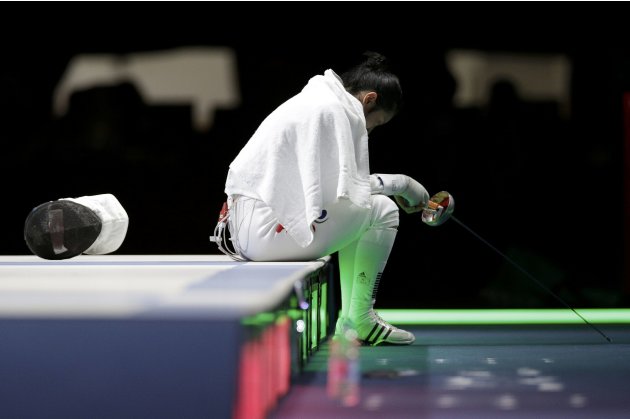
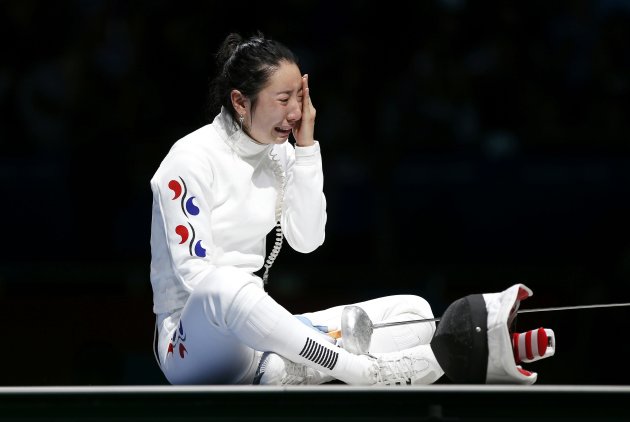
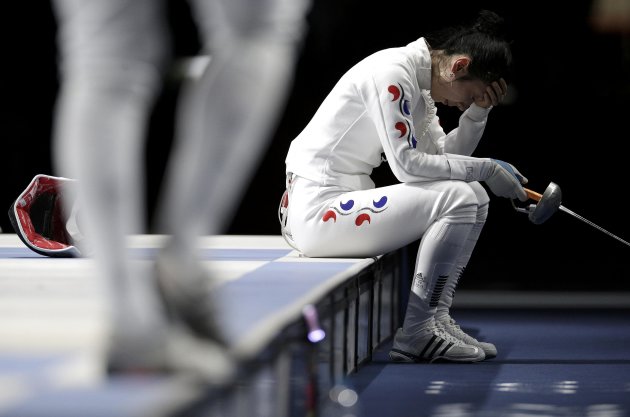
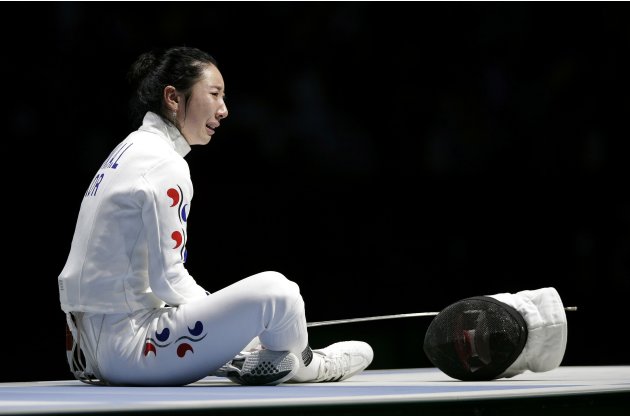
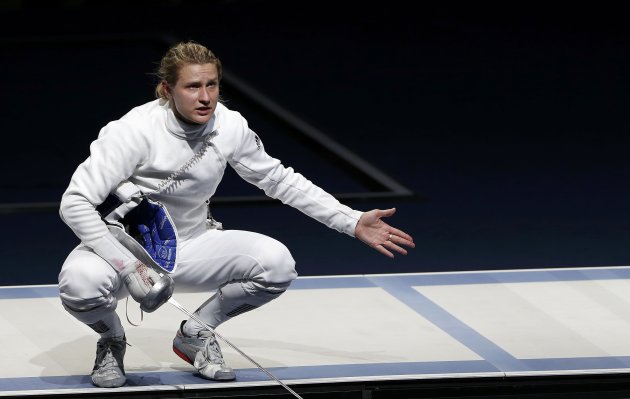
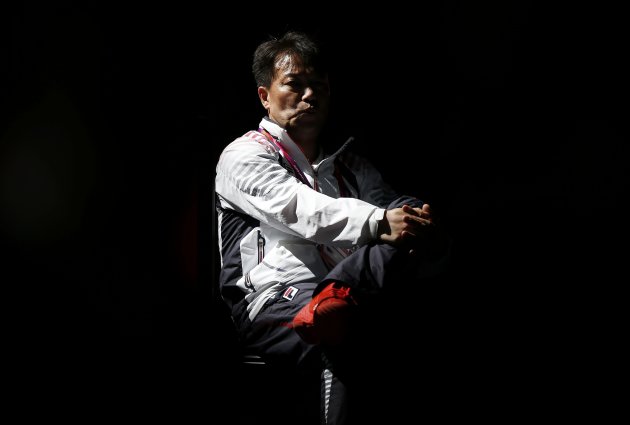



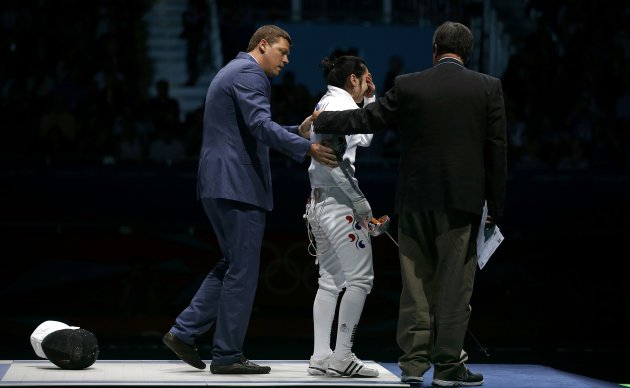
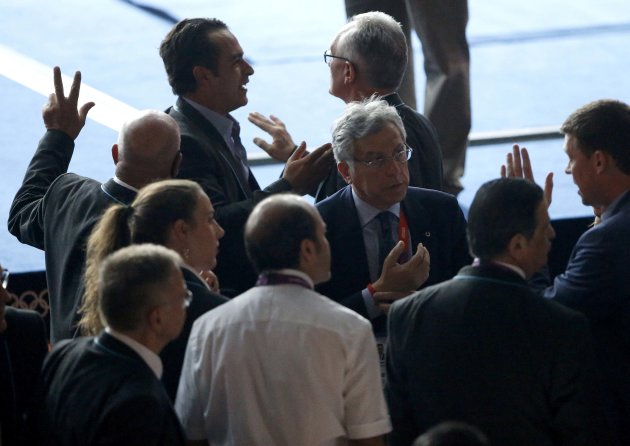
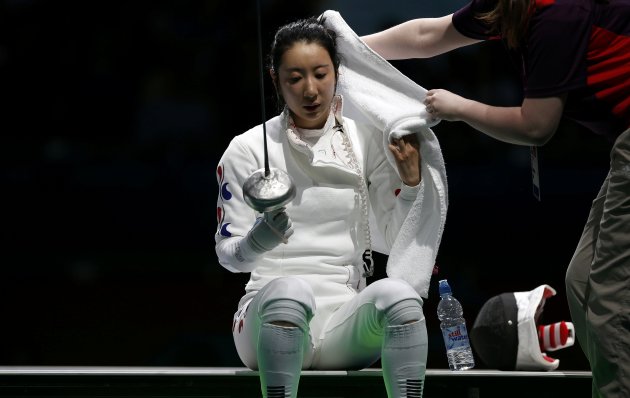

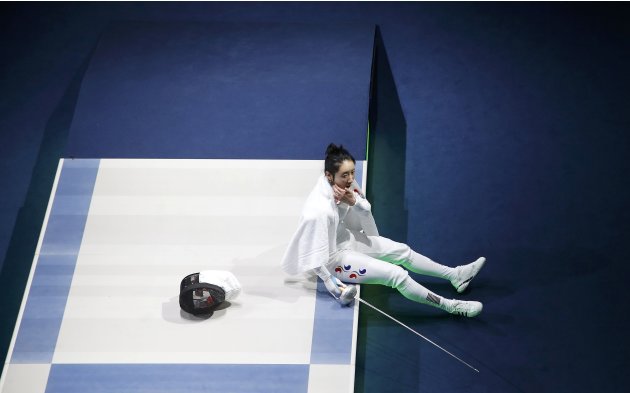
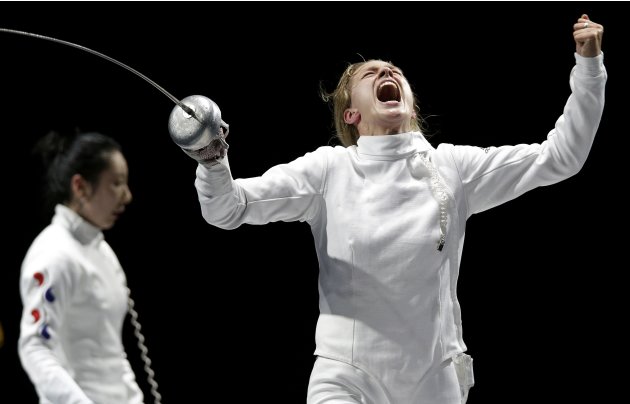
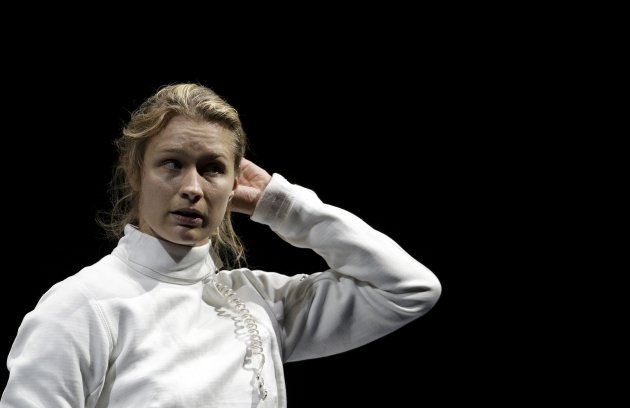
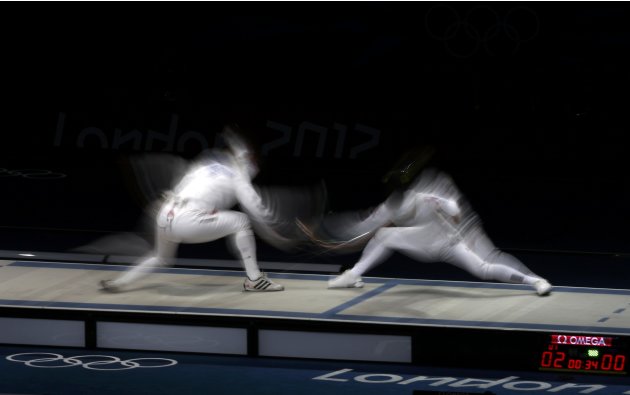
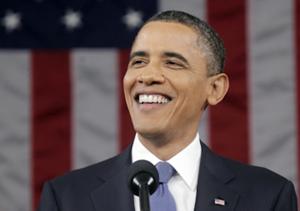 President ObamaA study from Ancestry.com has determined that President Obama is related to John Punch, the first black African enslaved for life in America--which would make Punch the 11th great-grandfather of Obama.
President ObamaA study from Ancestry.com has determined that President Obama is related to John Punch, the first black African enslaved for life in America--which would make Punch the 11th great-grandfather of Obama.





